One of the most widely consumed French products such as different types of French veggies are cheese and of course wine, and the nation has a reputation for providing high quality, rich tasting foods and drinks to the global market.
There is a deep sense of appreciation with this cuisine that adds a little extra love to any meal, and it certainly comes through in the taste and overall experience of the dish.
French cuisine is world renowned for its flavors and interesting ingredients, and it’s certainly worth taking a step back to appreciate some of the traditional French components of many dishes enjoyed around the world.
This is a complete list of French vegetables and what type of meal they can be seen in.
Grains
Firstly, the northern regions are some of the largest suppliers of wheat and other grains in the world. Many believe that French grains are what helps make their bread so soft and full of flavor.
It definitely helps contribute to a rich taste and delicate texture that is unlike any other loaf of bread.
1. Wheat

Also known as pastry flour or farine de gruau, French wheat is usually seen in these products that are used to create delicate pastries.
While wheat is not necessarily native to the country, French wheat is usually locally grown and skillfully harvested. This is part of what makes their pastries so authentic and delicate.
2. Barley
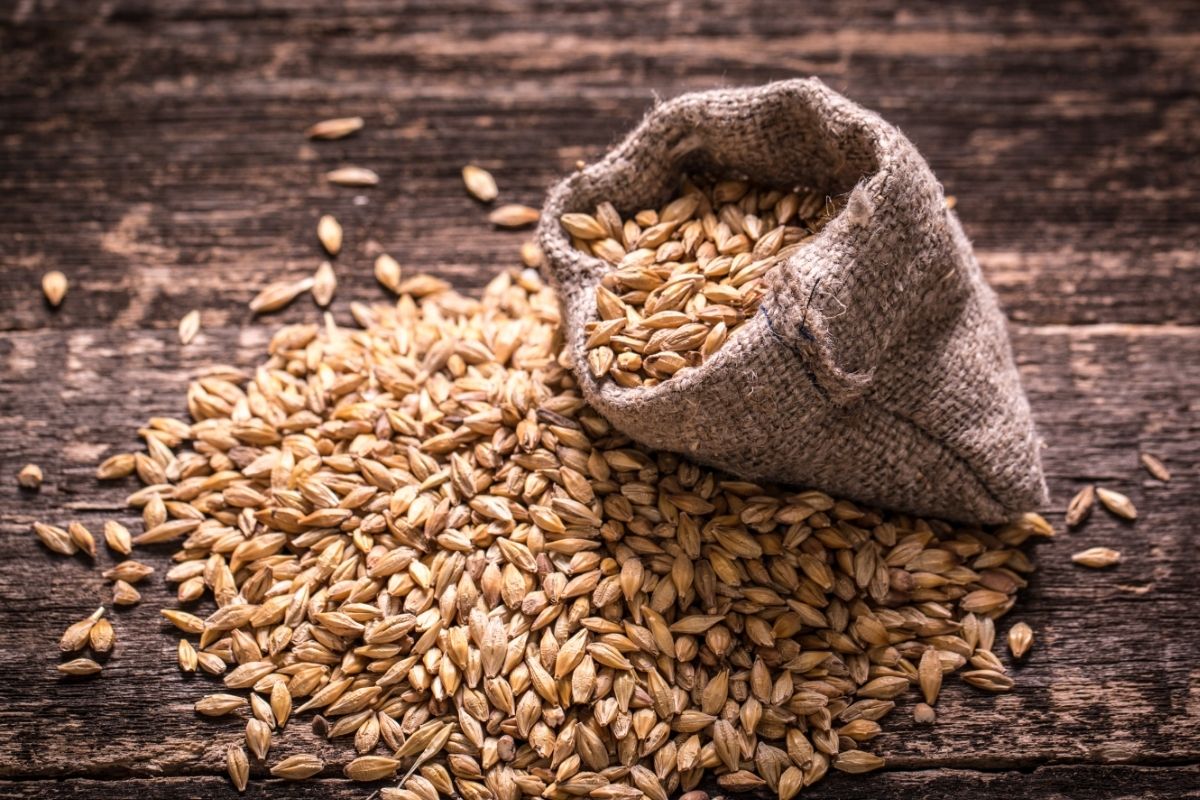
Another tasty grain that grows within the French regions is barley. It can be seen in a range of stews and other hearty dishes around the world.
However, this is usually a little more processed, as barley tends to make up a high percentage of cereals that use the grain.
3. Maize
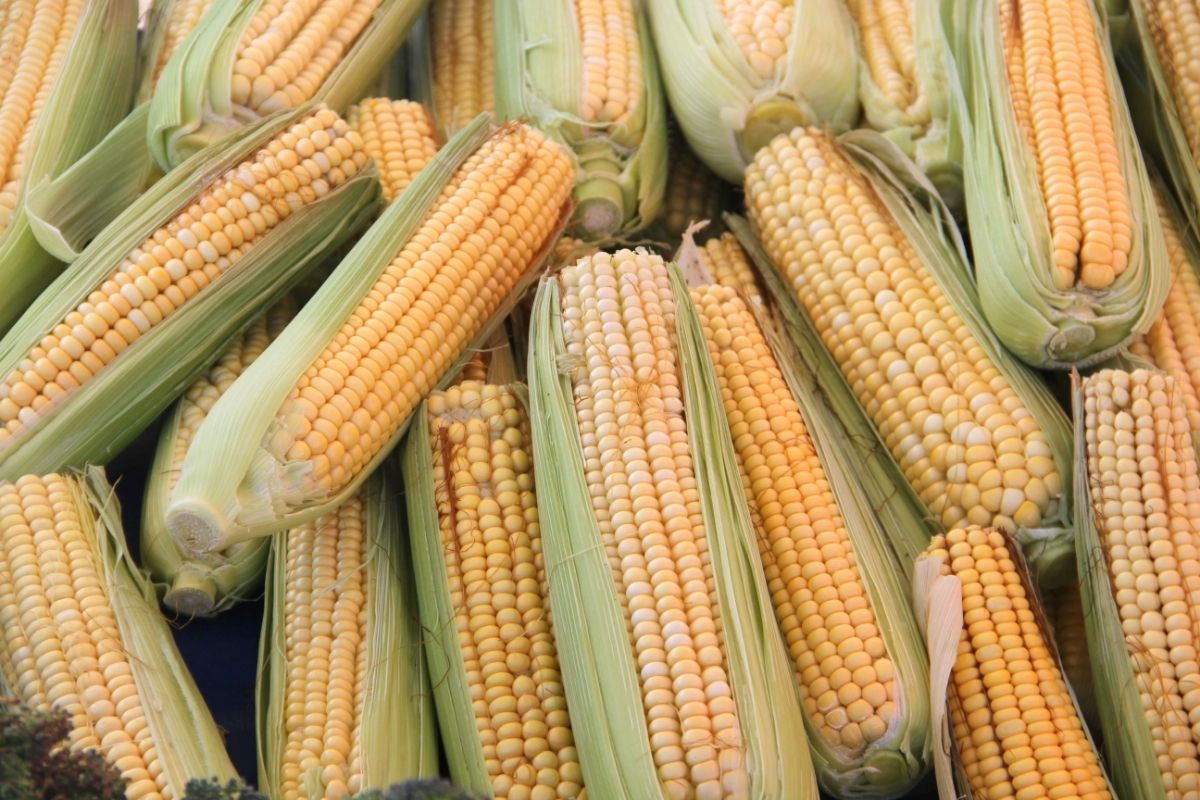
It may consume the most water out of all the crops grown in the country, but maize is one of France’s most widely produced vegetables. It is known as a cousin to regular sweetcorn that is a little firmer in texture.
4. Potatoes
Being one of the most dominant contributors to global cuisine, the French have their own uses for potatoes and have truly found a way to celebrate this starchy vegetable.
These are the French potatoes worth knowing about. Make sure you look for these the next time you order fondant potatoes, or a classic dauphinoise.
RELATED: Laid Up In Lavender: 21 Different Types Of Lavender
5. Pomme De Terre De Noirmoutier
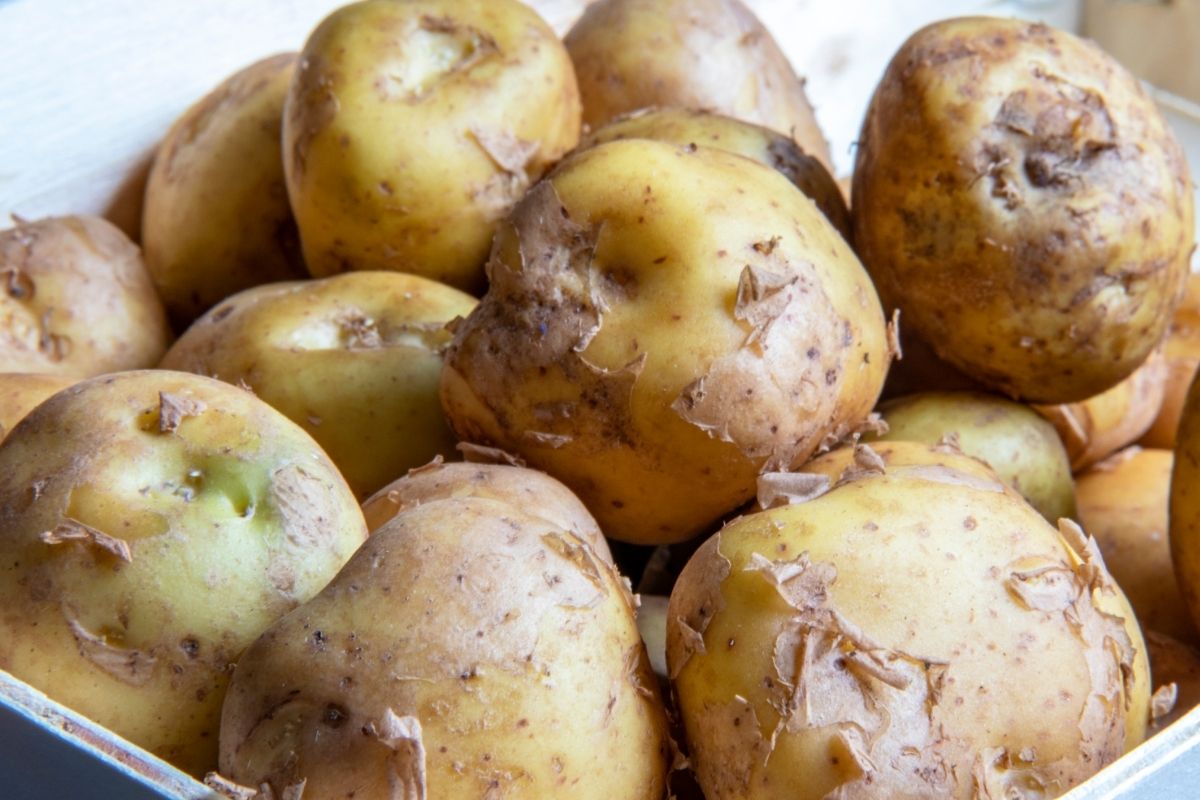
They may look like regular potatoes, but these are highly unique for the area that they are grown in.
Lightweight, sandy earth and proximity to the ocean is used to the advantage of Noirmoutier farmers, who celebrate these potatoes every year.
6. French Fingerling
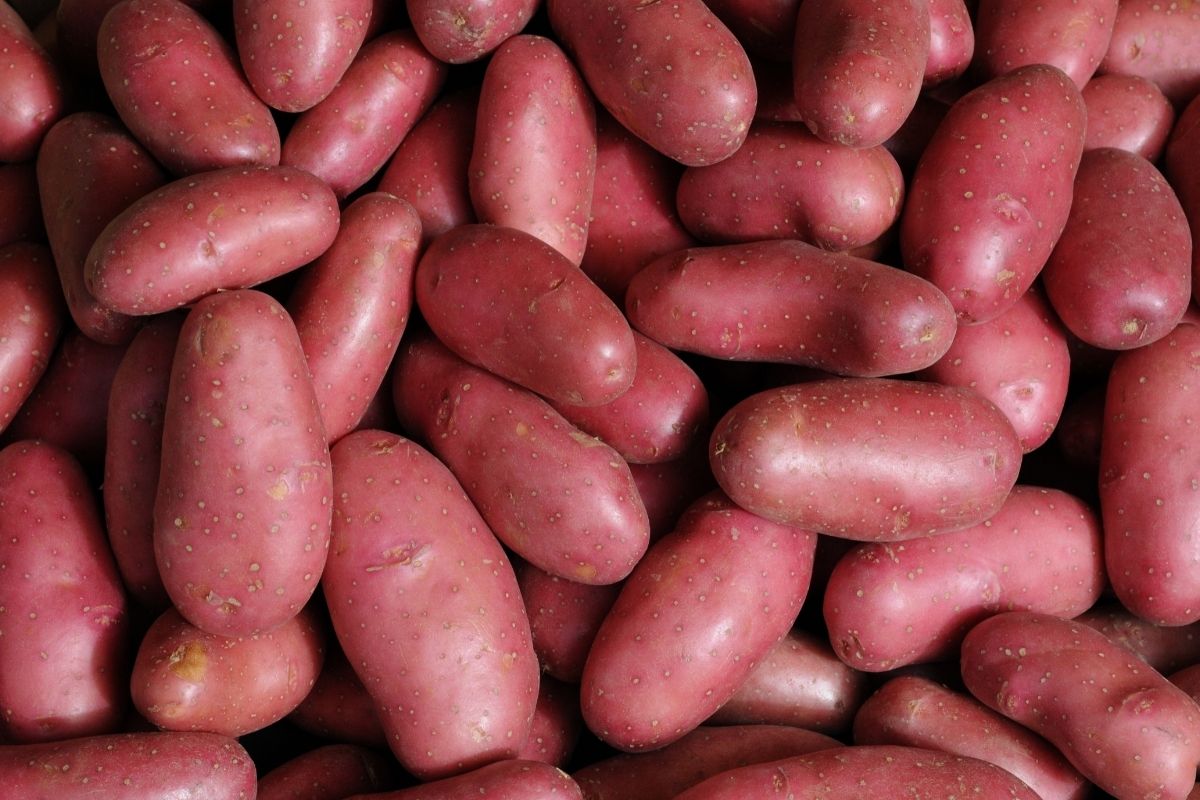
This species of potato is a cross between Rosa and Vale species that were first seen in the 1950s. Known for buttery, robust flavors, these are smaller varieties with a reddish skin that are perfect for salads, roasting, steaming, or mashed potatoes.
7. Pomme De Terre De I’le De Rey
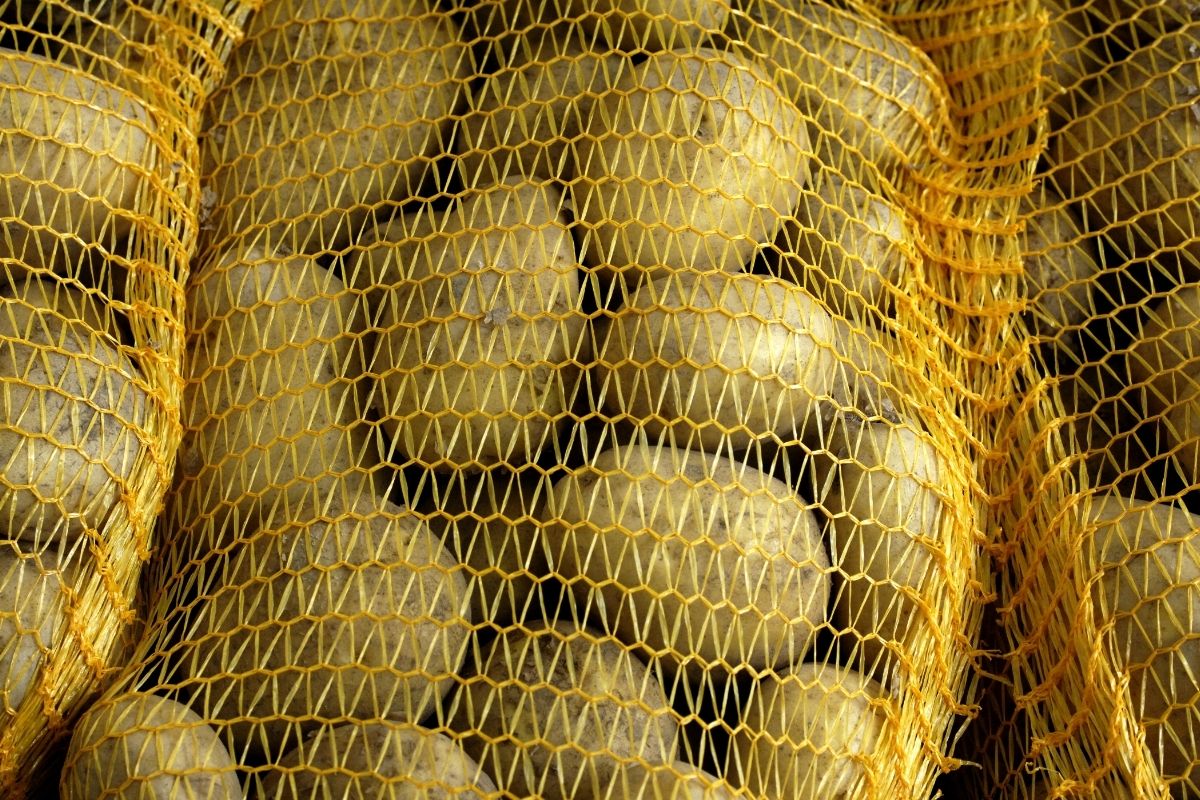
Another region that has their own unique potato variety is the i’le de Rey, where farmers also benefit from the mild weather and proximity to the ocean.
They are usually eaten between May and June after going through intensive quality testing. These are less starchy than other potatoes, and pair well in a range of recipes and meats.
Garlic
This is a huge part of French cuisine, and there are a few varieties of garlic that are native to France.
8. Lomagne Garlic
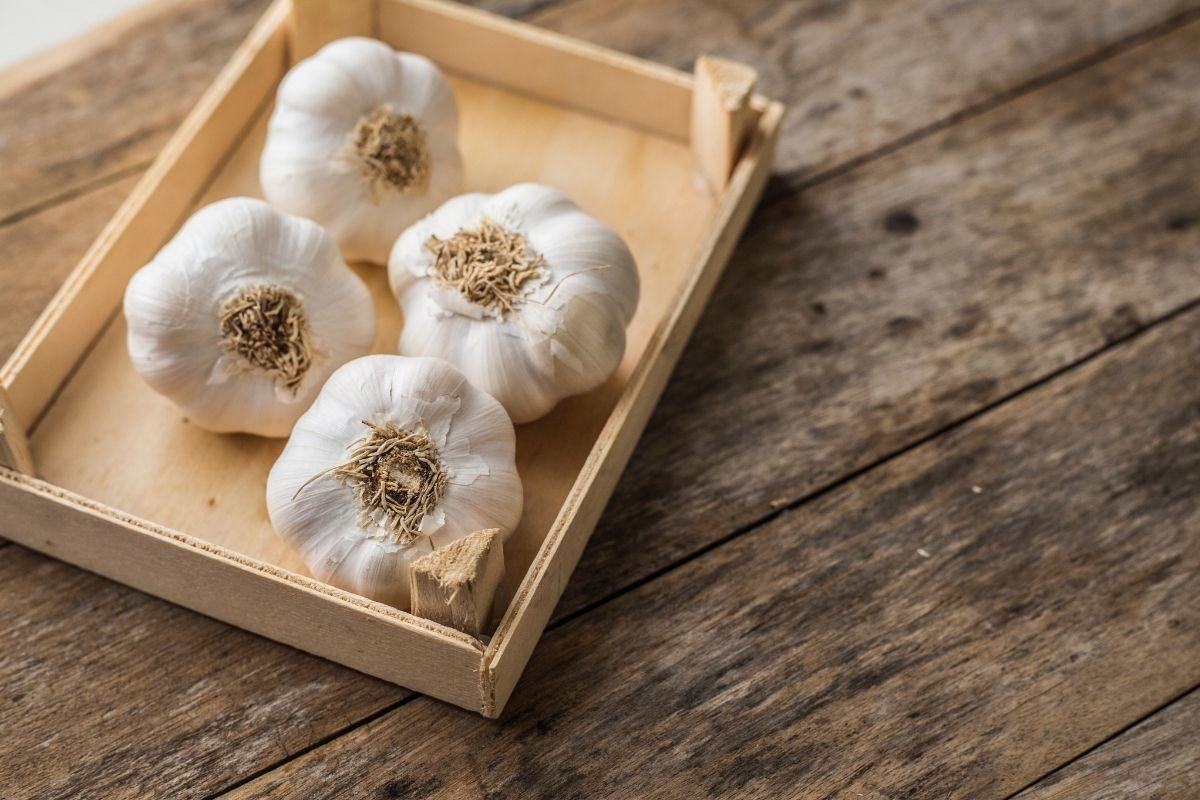
Also known as Ail blanc de Lomagne, this is a garlic bulb that has a similar appearance to the type you may be familiar with.
However, the flavor is a little more intense and reflects the limestone and clay earth that it has come from. Lomagne garlic can be eaten raw for its health benefits, or added to soups in its dried form.
9. Ail Rose De Lautrec
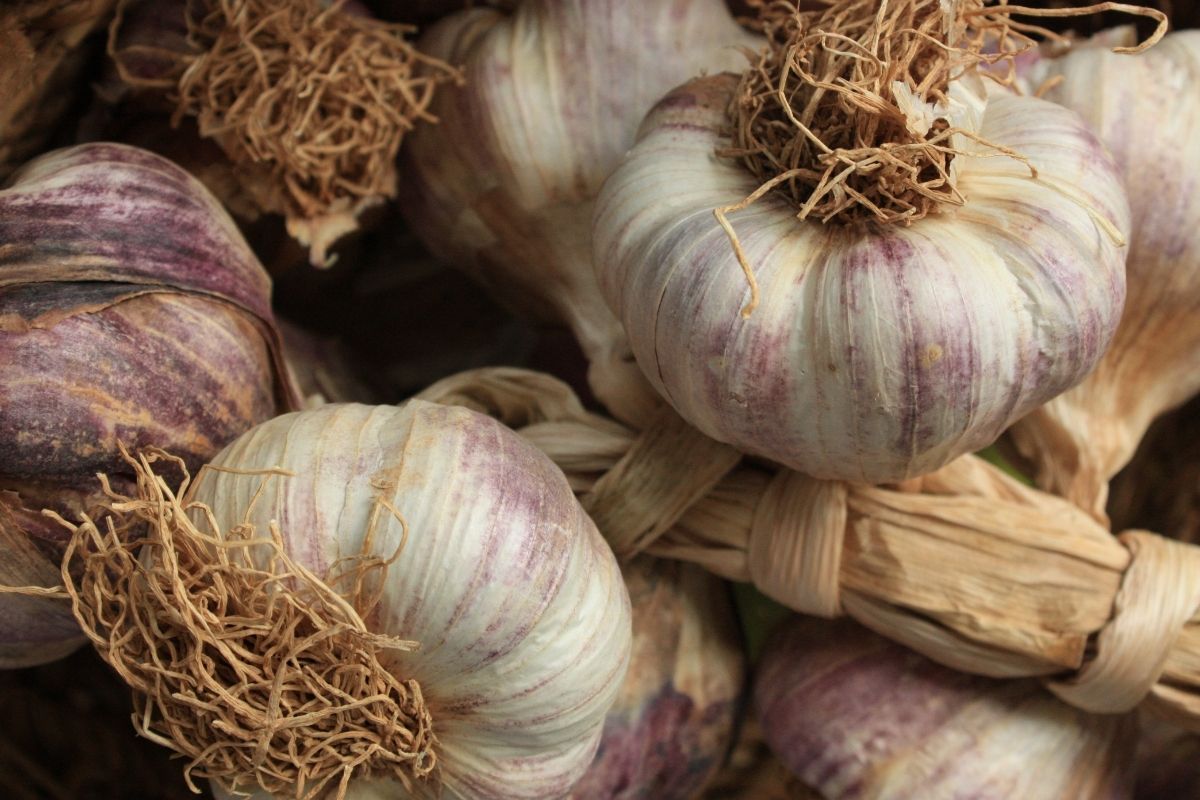
This is slightly easier to notice, thanks to the slightly pink cloves that form a creamy white bulb and more subtle flavor. Ail rose de Lautrec is slightly sweeter than other types of garlic, and is used to add a finishing touch to many dishes.
Onions
Another essential ingredient across the world is onions, and they provide an enormous amount of flavor to any dish by absorbing seasonings and releasing their own unique sugars to create an intense aroma.
10. Oignon De Roscoff
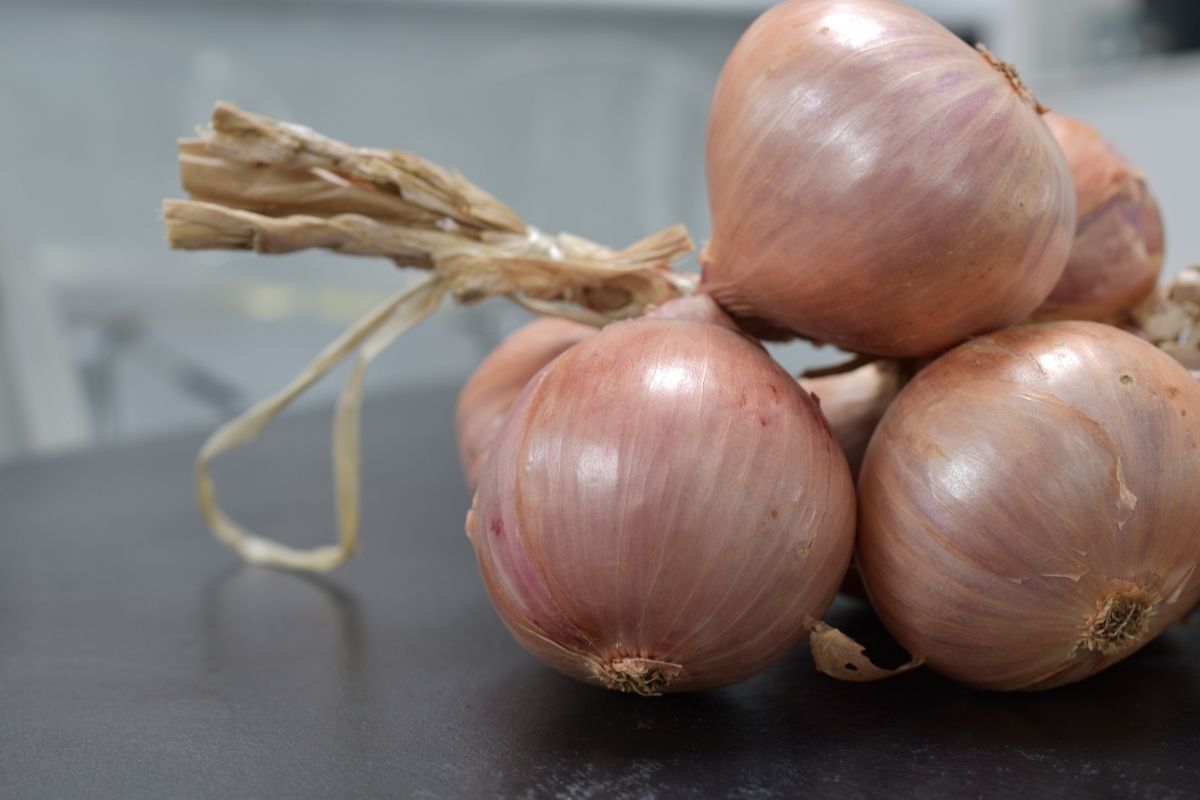
Typically produced in the Finistere region, these are slightly sweet onions with slightly fruity aromas.
Do not be fooled by their similar appearance to regular white onions, the oignon de Roscoff are so well-loved, that there is a museum dedicated to them.
When they are used in cooking, the oignon de Roscoff has a tender and even sweeter texture and taste.
11. Oignon Doux De Cévennes
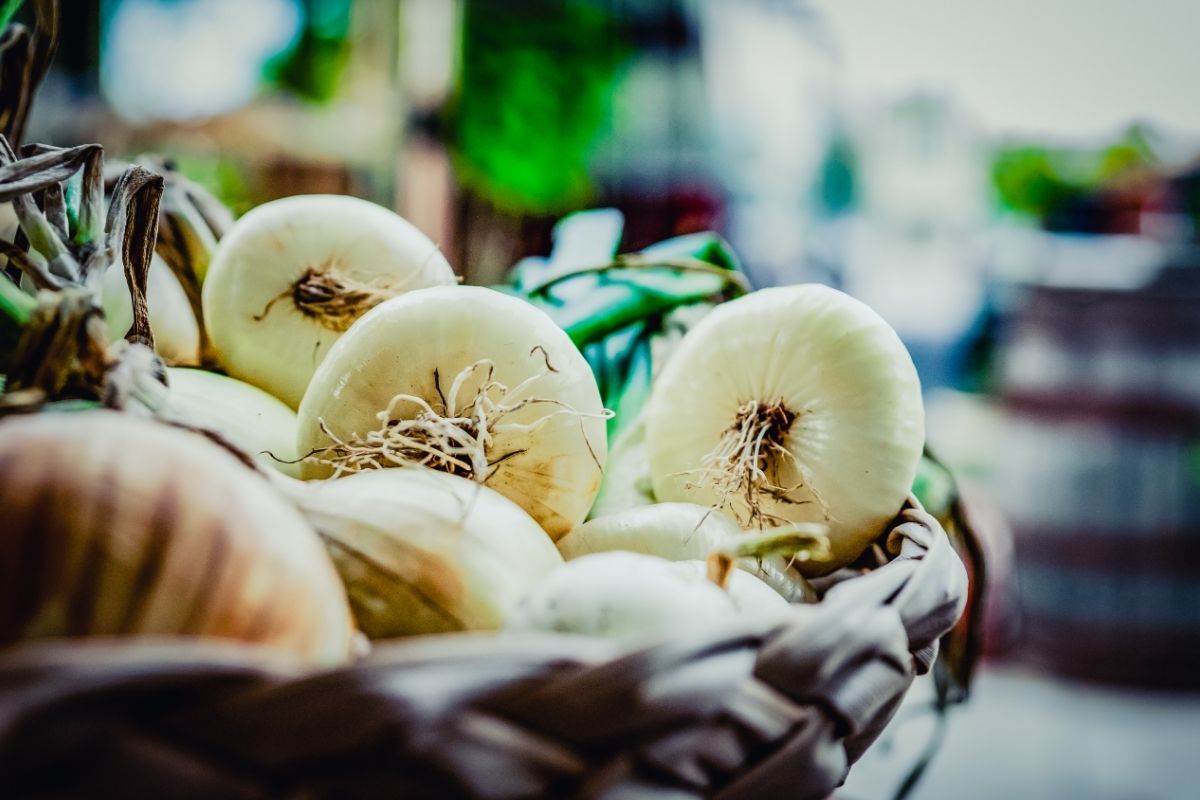
Another sweet onion that is grown within the Mediterranean climate is the oignon doux de Cévennes species.
They have a mild, sweet flavor that is similar to honey when eaten raw, but can be made into a delightful onion tart or soup as a celebration of the unique flavor.
Peppers
More vegetables that are native to France are the following types of peppers. Like onions, these have their own complex flavor profiles that can be used differently in a range of dishes and cuisines.
12. Piment D’espelette
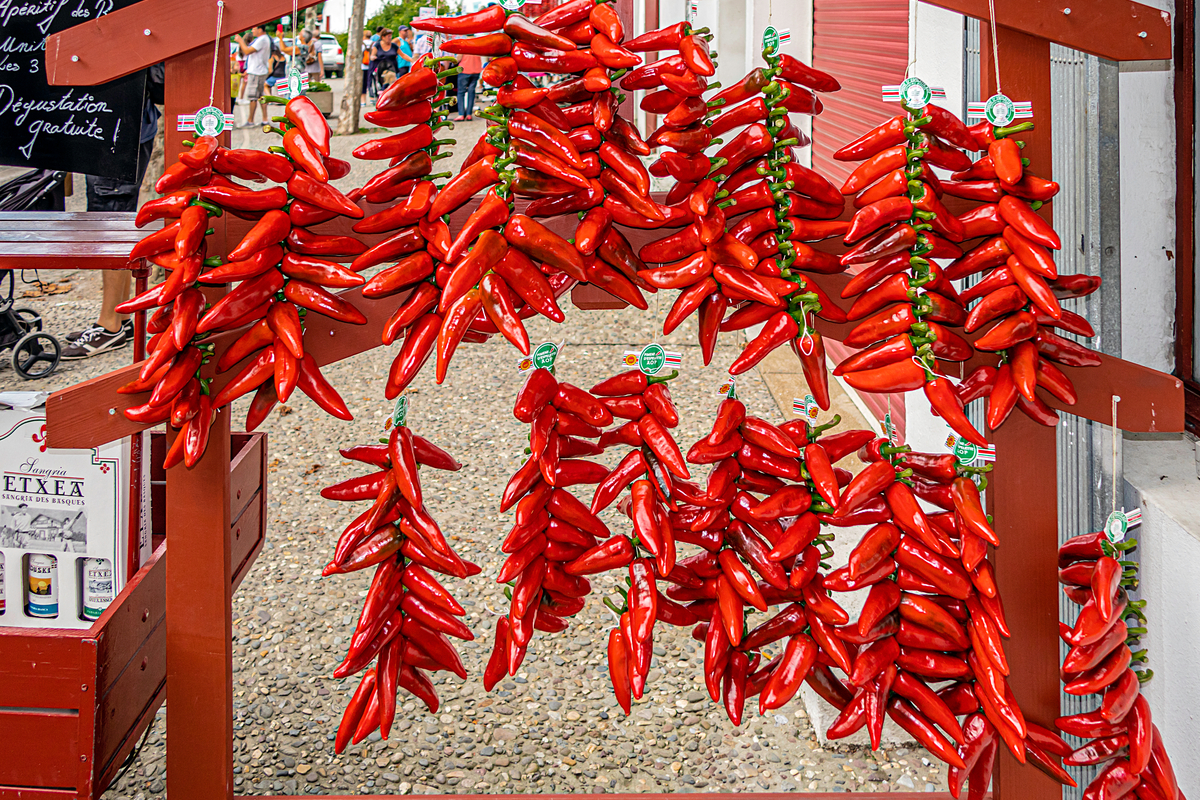
This is a chili pepper that packs a punch. The piment d’espelette was first used for curing joints of ham, but it is now sold in its fresh and powdered form within the Pyrenees- Atlantique region.
It is known for its fruity and smoky scent and spicy taste that isn’t overly intense to ruin your taste buds.
RELATED: What are the Best Practices for Exterminating Pests on Your Succulents and Cacti?
13. Cayenne Pepper
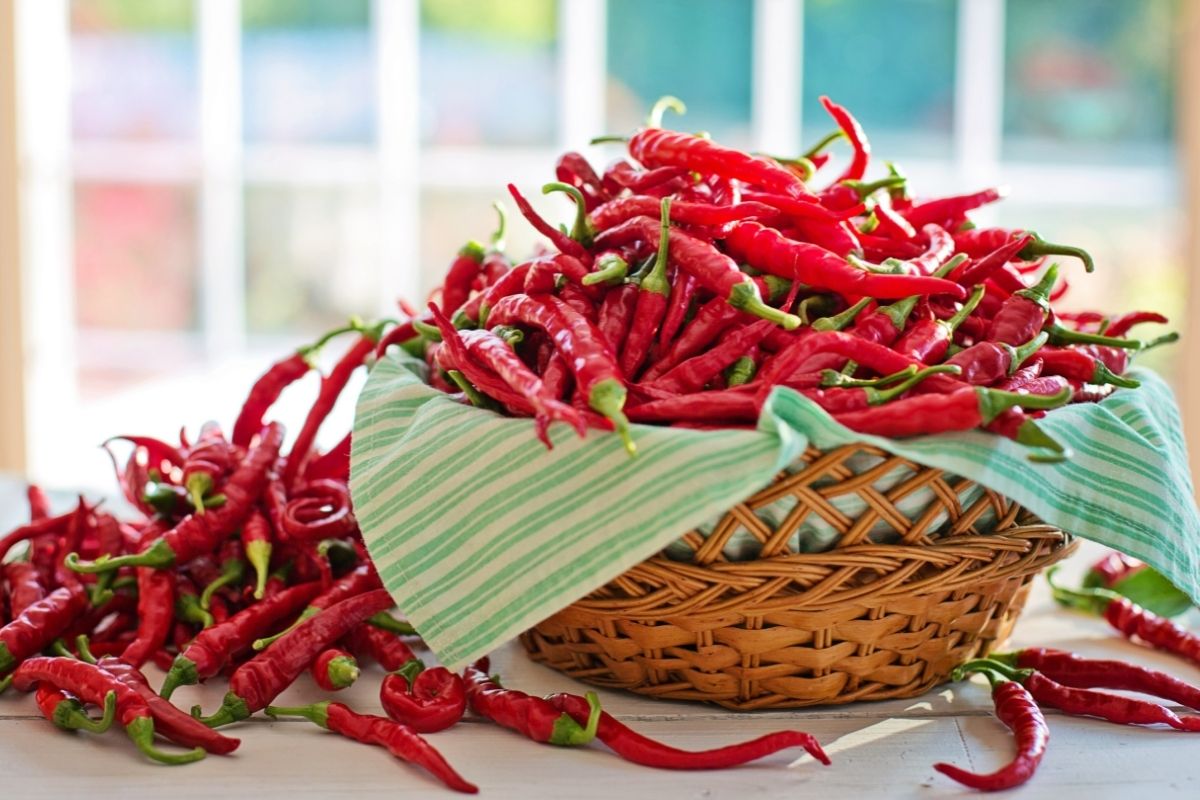
You may know this as a spice, but cayenne peppers were believed to have originated in the Cayenne region. Ground cayenne peppers are usually used to add a kick to most meals, and it is where a lot of hot sauces get their heat from.
14. Leeks
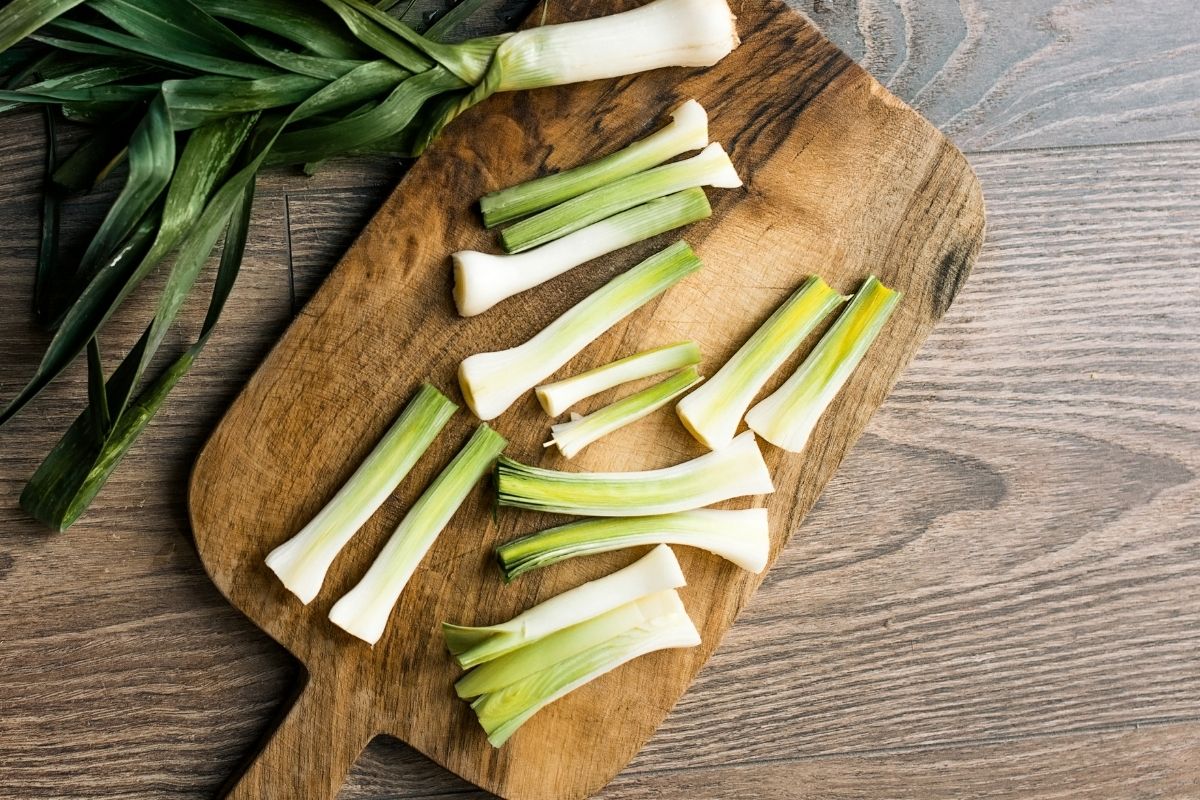
Originally believed to have been brought over by the Ancient Greeks, leeks are native to Mediterranean land and a firm favorite in French cooking.
The stalks are thinner during the summer, and the larger ones are usually avoided as they are too fibrous.
15. Endive
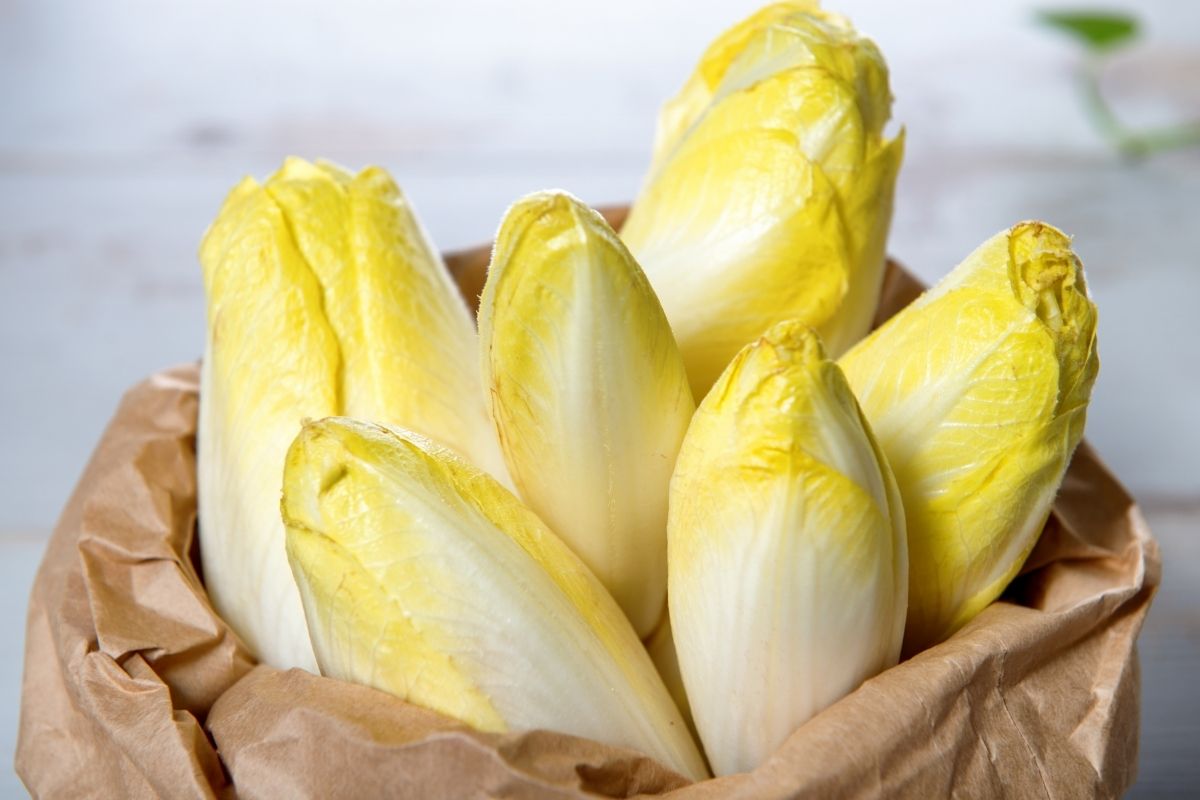
Also known as leaf chicory, endive has a bitter taste that is favored in many French dishes. It is an incredibly popular ingredient and has a huge range of health benefits, too.
These include providing a healthy dose of vitamins A and K.
16. Mache Nantaise
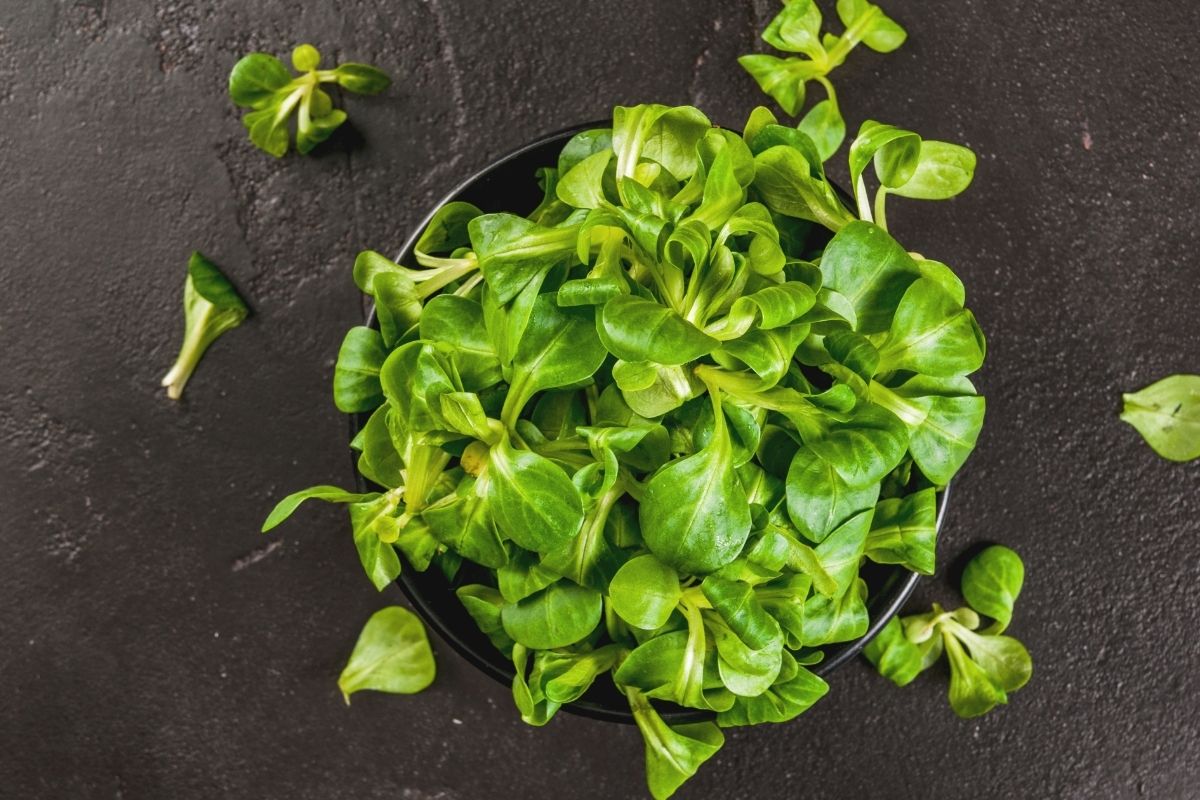
Otherwise known as lamb’s lettuce, corn salad, or by its German name rapunzel, mache nantaise has spoon-shaped leaves and is a tangy type of lettuce.
It can be steamed or used raw in salads once it has been thoroughly washed. The species typically grows within maritime climate regions in traditional beds.
Mushrooms
They may not necessarily be a part of the vegetable family, but mushrooms are a huge part of French cuisine worth mentioning.
Funghi alone are highly versatile and have an immense range of uses, but nobody makes more use out of them than the French. These are two species that can be found growing in France.
17. Cepes
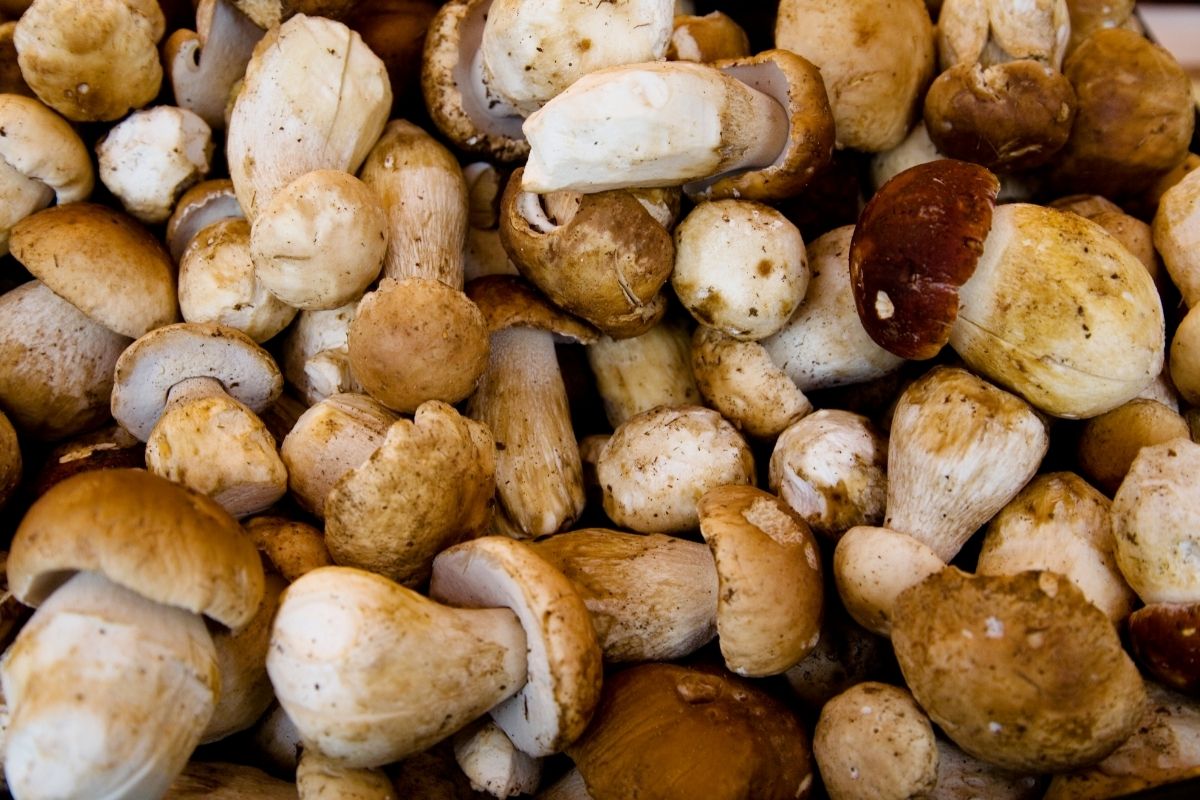
Also known as porcini mushrooms or penny buns, cepes have a relatively mild taste when they are fresh. However, this intensifies much more once they are dried.
These are highly abundant in forests, which make them a firm favorite for many French regions.
18. Trompette De La Mort
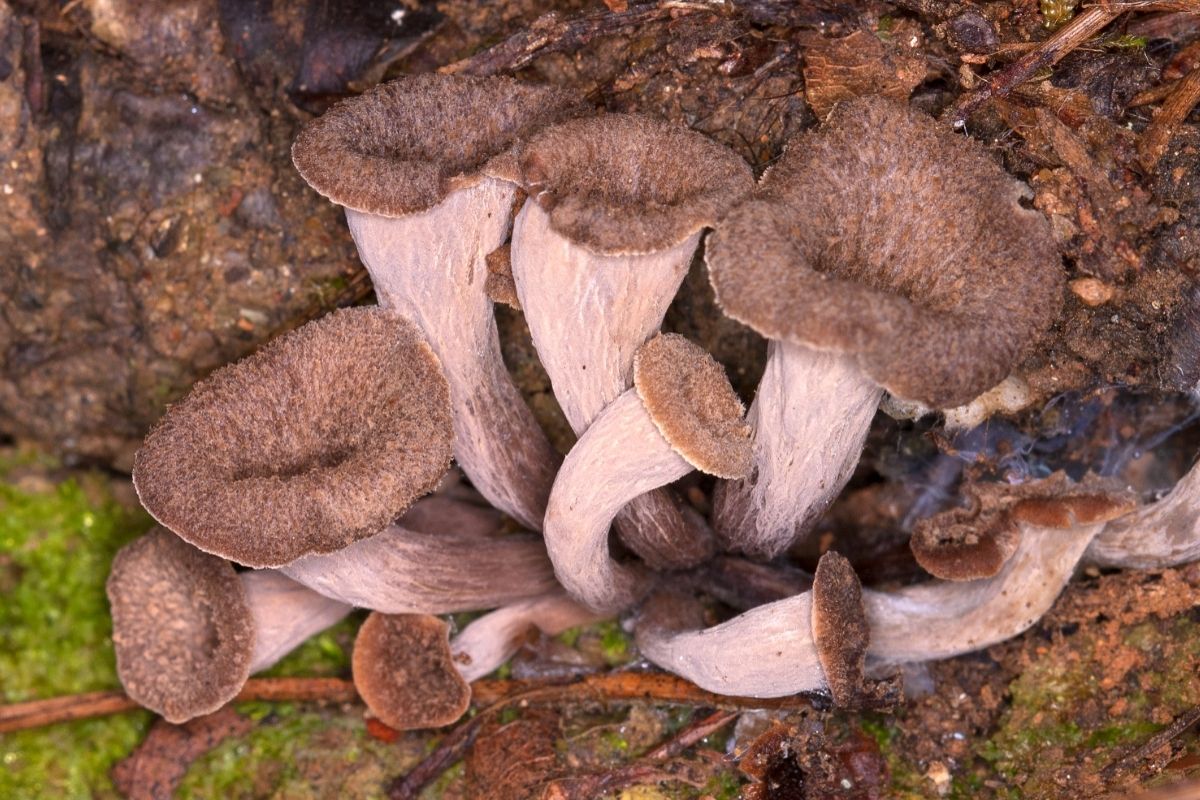
Despite the slightly dark name, trompette de la mort can be found under oak and beech trees within the Northern hemisphere.
They are otherwise known as black trumpet, black chanterelles, or horns of plenty, and take on the flavors of black truffle when they are used in cooking.
Frequently Asked Questions
Why Is French Cuisine So Rich?
The focus of French cooking and many recipes within this cuisine is on freshly sourced ingredients, and celebrating every herb and spice by creating a tasty, decadent meal.
The majority of French cuisine is very rich because it is a celebration of flavor and focusing on the simplicity of certain ingredients such as meat juices, butter, and cream.
Where Can I Source French Vegetables?
It is definitely worth visiting your local farmers’ market to see what delicacies they offer from around the world. You may be surprised by the range of global flavors that you can purchase.
This is mainly because of the way that many herbs, spices, and certain vegetables are dried or ground into fine powders that enhance their flavors and make them a little more shelf stable.
What Vegetables Do French People Like To Eat?
A large number of French recipes feature mushrooms, tomatoes, leeks, leafy greens, or onions. They enjoy vegetables and spend time bringing the flavors together in delicate yet rich dishes.
Summary
There are many ways that you can explore French cuisine, but it could be worth appreciating the different ingredients that are used in a range of recipes.
The key thing to remember with French cooking is that sometimes, simplicity is the best way to achieve a delicious flavor and well-rounded dish.
Ensure that you take the time to appreciate the more subtle aromas and celebrate those that may have been overlooked until now.







